Over the next few weeks, I’ll be asking you some big questions. They’re not rhetorical, I am genuinely interested in your answers. My first goal is to grow a community, instead of just an audience. My second is to know how I can better serve you as a teacher.
I recently listened to Start with why by the English motivational speaker Simon Sinek. I’m glad I did, despite my general skepticism about motivational speakers.
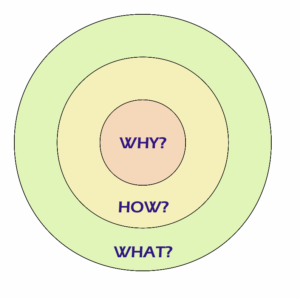
The simple image above is Sinek’s Golden Circle. The outer circle represents what a company does (its products or services). The middle circle represents how it does it (its unique selling proposition or process). The inner circle represents why it does it (its purpose, belief, or cause). Sinek argues that truly successful and influential organizations operate from the inside out, starting with why.
This is not a “because there’s a need” question. Rather, it starts with the passion of the founders, which filters down through its employers and ultimately its customers. He cites Apple as an example of a company built on why.
This is equally applicable to people. Dr. Martin Luther King, Jr. didn’t succeed because he was a southern black American preacher at the start of the civil rights movement; there were lots of fine southern black orators. But King held a deep personal belief about moral law, expressed in his 1963 I Have a Dream speech. It has since resonated with millions of people, black and white alike.
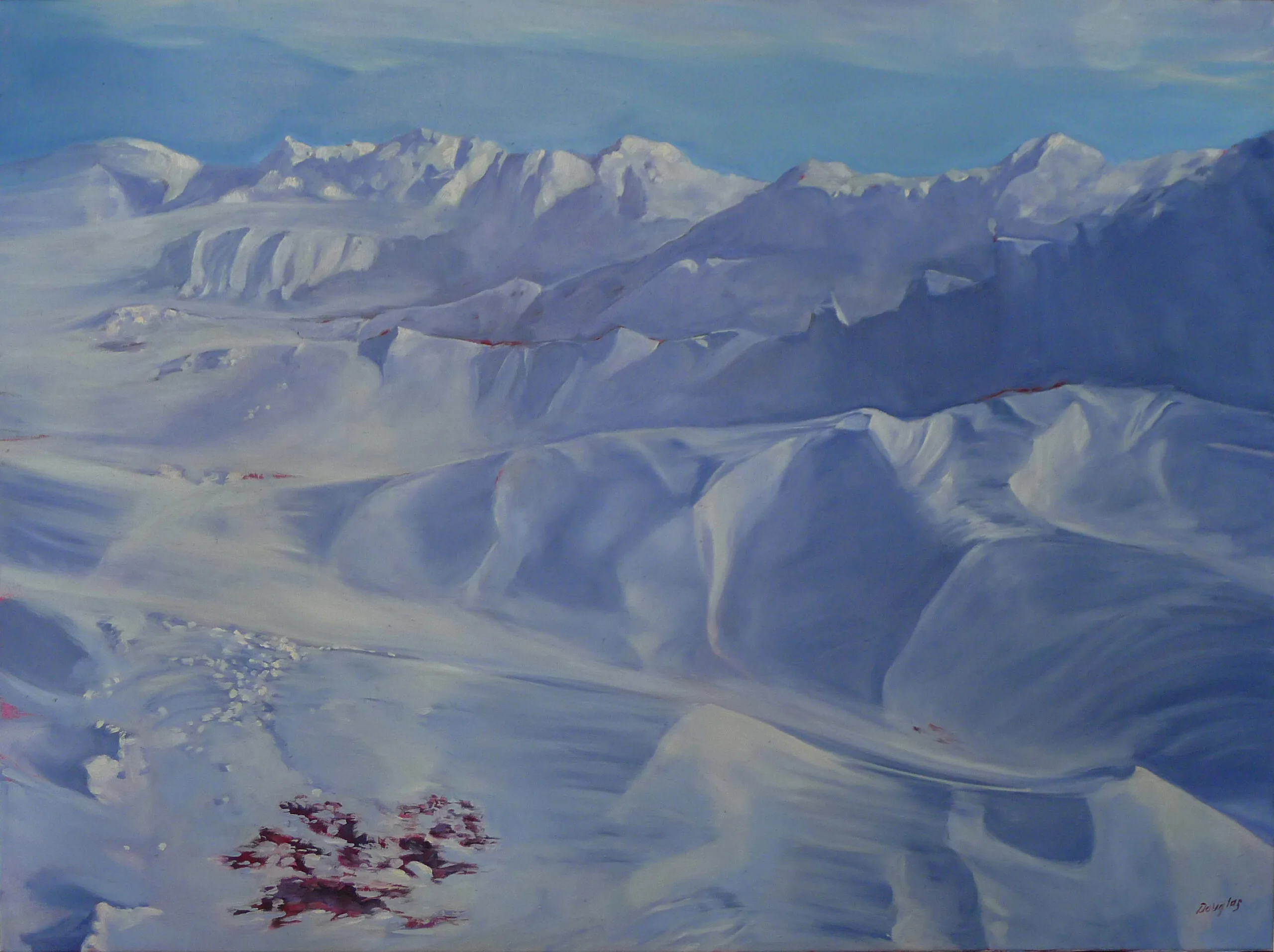
Purpose and Inspiration
Our why is our motivation, inspiration, and purpose for creating art. We all have them, deeply felt, but it’s hard to express them, especially when they’re amorphous ideas like beauty and emotion. (That’s why social justice artist statements are so much more accessible. They’re not from those non-verbal nuts in our souls.)
For teachers and arts organizations, there’s an impulse to jump to committee-driven mission statements, complete with buzz terms like diversity and inclusion, emerging artists, or cultural heritage. But the why must punch from the gut.
How does this apply to me?
I generally tell prospective students, “I am going to teach you X,” when I should start by telling them that the serious discipline of art is important to their minds and souls. Our motivation to paint comes not from knowing technique, but from the underlying, deep conviction that drives us.
Articulating my core values poses a unique difficulty, since they are faith-based. Like many modern Christians, I’m sadly leery of sharing them in the public marketplace. But I do believe, like Dr. King, in a moral and natural order created by God. The Bible documents and encourages the expression of this through art. Bezalel the artist was mentioned in Exodus (meaning very early in recorded history). In addition to being the chief artisan of the tabernacle, he was also the first person to be “filled with the Spirit of God.”
I paint because I am in awe of the glory of creation. My paintings are a pale imitation of nature, and they’re also imbued with my feelings. That makes them less a reflection of nature than a reflection on nature.
I teach because I believe creativity is our birthright. We need to get rid of the idea that making art is self-indulgent or the special province of a few lucky people. Adult learners need to shed the idea that it’s too late for them to make great, meaningful art.
I write as a loudspeaker for the above two points.
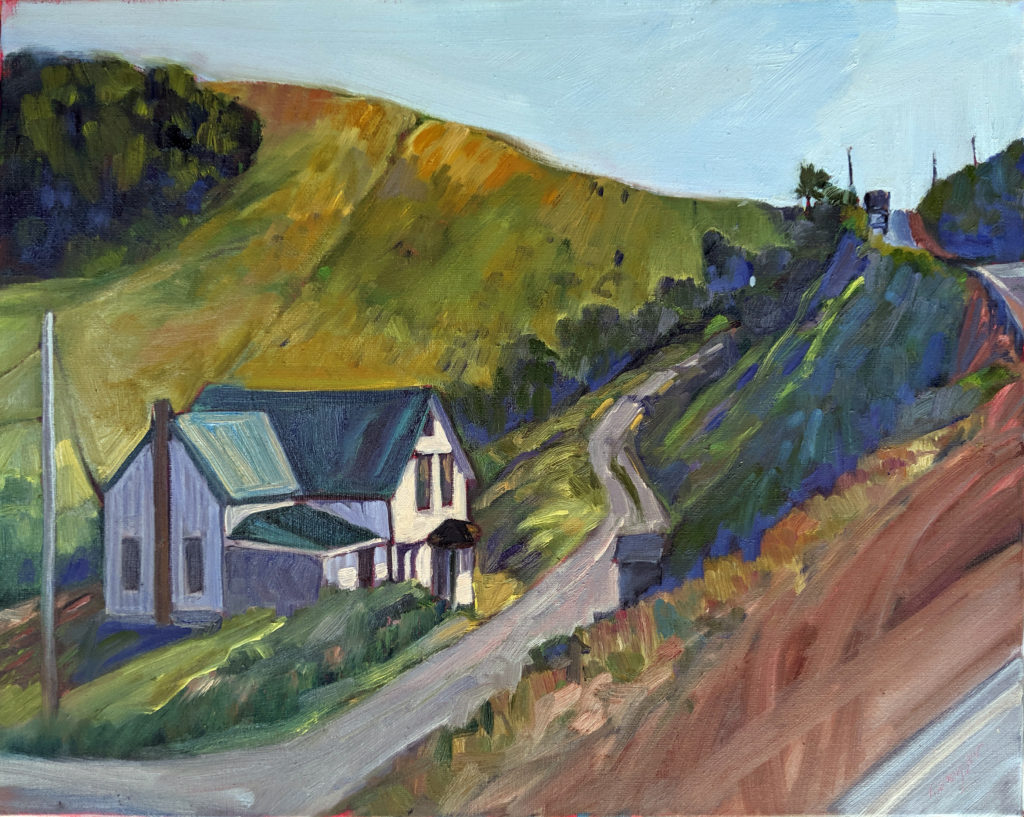
What’s your why?
Why do you make art? Think about art? Read about art? These aren’t simple questions; it took me a long time to define my reasons, above. Please comment below or on the social media channel of your choice, or both. And thank you.
Reserve your spot now for a workshop in 2025:
- Advanced Plein Air Painting, Rockport, ME, July 7-11, 2025.
- Sea and Sky at Acadia National Park, August 3-8, 2025.
- Find Your Authentic Voice in Plein Air, Berkshires, MA, August 11-15, 2025.
- Immersive In-Person Fall Workshop, Rockport, ME, October 6-10, 2025.

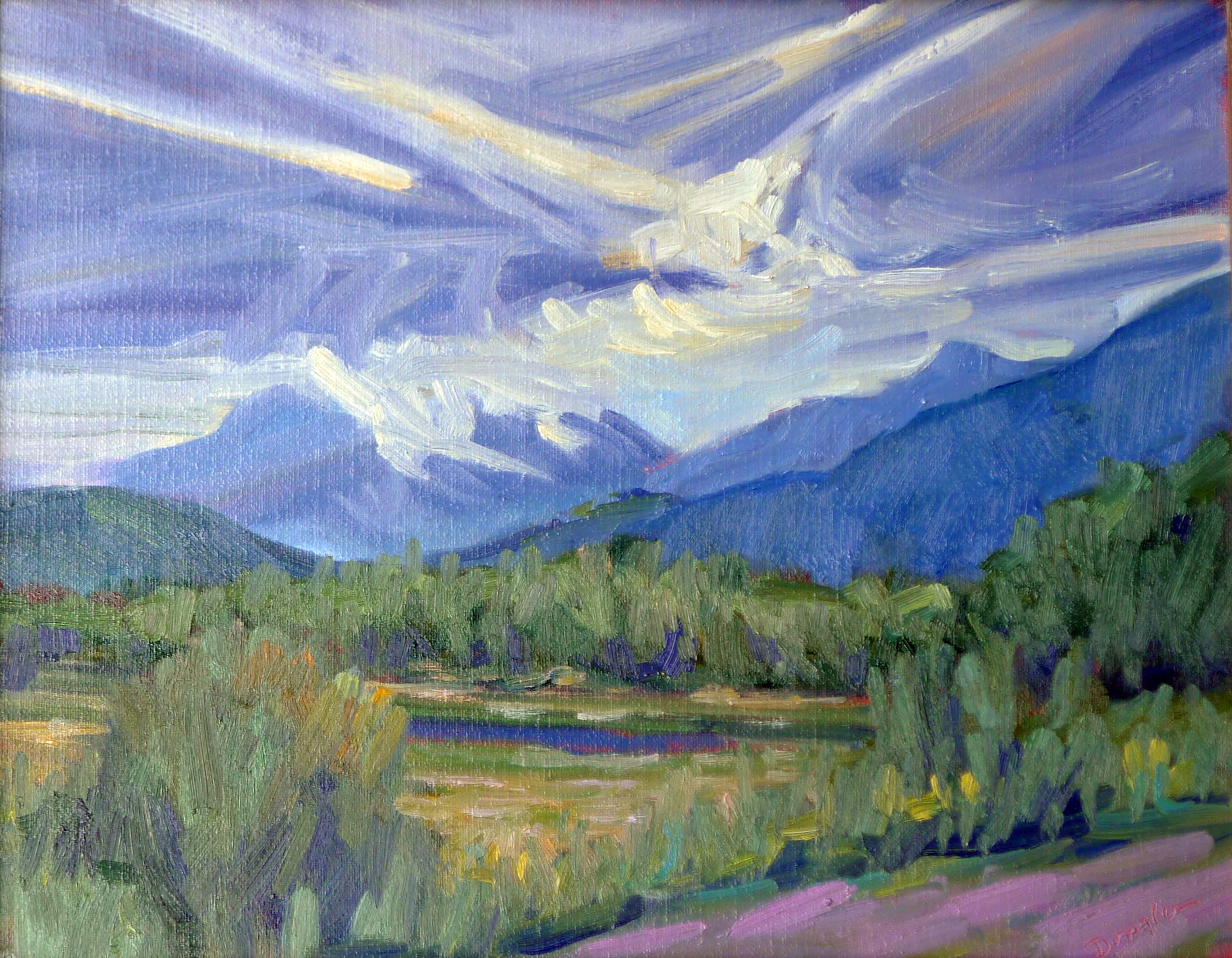
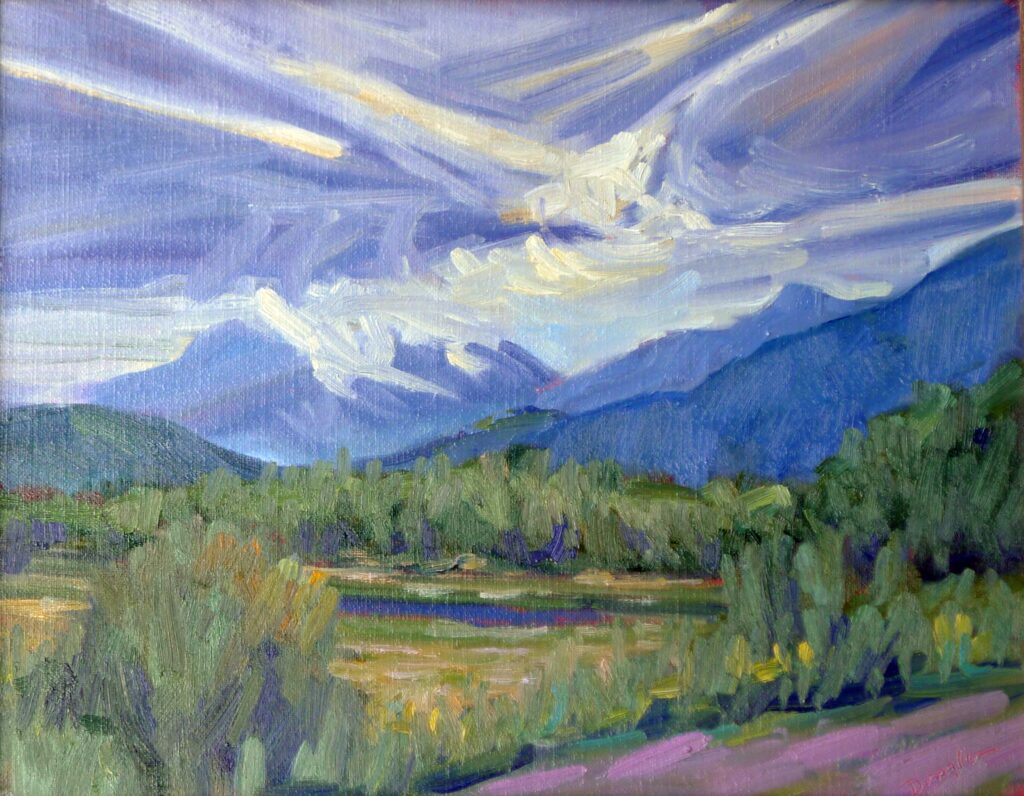
I make art because I want to share my view(s) of the beauty I see in places and at times that others might not.
(that’s it in a nutshell… there could be more words, but I’m not sure they would make it any clearer)
I love the introspection you generate with this question. It is so amorphous to try and capture the “why” of our art. But it’s so important to dig into our motivation as I think it adds to the story that we’re creating and sharing via our work.
For me, it’s the beauty that humbles me and makes me grateful in the natural world. I strive to share those experiences in my paintings.
I make art because I love to show the beauty, intricacy, and detail of creation–the natural world–which might otherwise be overlooked.
Im just now starting to make art because I often see the physical world graphicly. The graphics surprise and entertain me and I think they lend themselves to expression in representational art. We’ll see if Im right.
I’m driven to make art by an inner compulsion that is unhealthy for me to repress and so intense that I will put my financial security at risk in order to satisfy. I believe deeply in the value of art, specifically visual art, to express, interpret and convey the human condition. I believe in its power to enlighten and empower connection between individuals and communities as well as within the spirit and soul of the artist.
I paint because it is my path toward full actualization. It’s my path to being the best best person I can be, my most authentic self, my most giving self.
I make art because it is the only thing I am really good at – the tail that wags the dog. In my ex-work I was also quite good at helping people with protection orders but that dog has hunted. For me, the process of art-making is deeply emotionally satisfying. Introverts (moi) derive little gratification from general social interactions – we are just not good at it. Art fills that void and need for connection. And looking at/learning about others’ art to me is like sharing a non-verbal language.